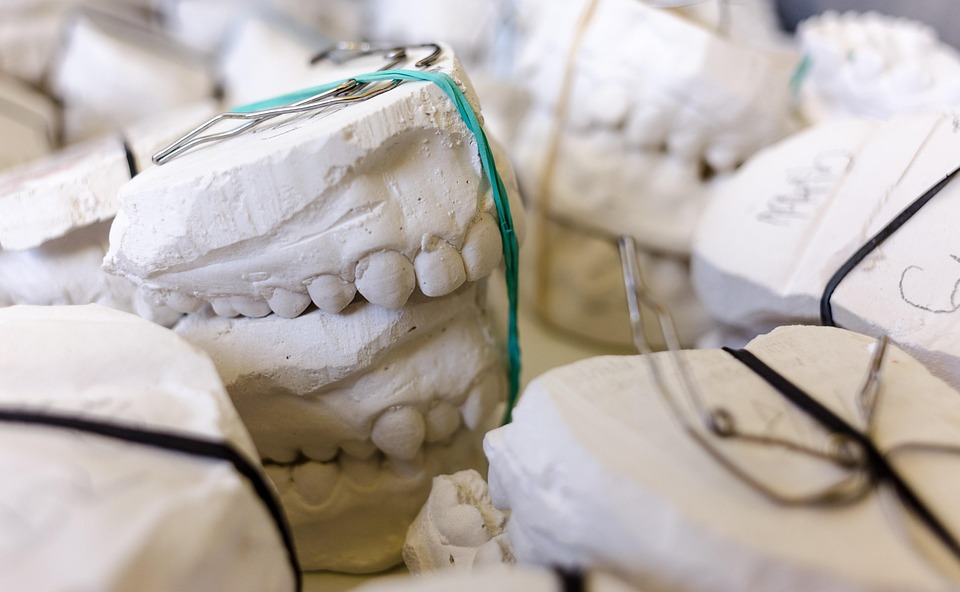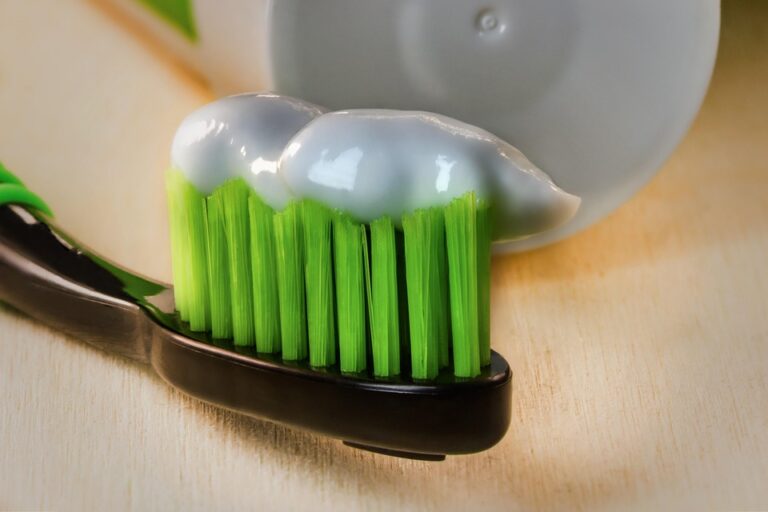
Can I Get Veneers If I Have Bad Teeth
I talk to a lot of people about their smiles. And you know what? Almost everyone has something they’d like to change. For many, the dream is veneers. They see the perfect, bright smiles on TV and think, “That’s what I want.” But then a little voice of doubt creeps in. “My teeth are a mess,” they tell me. “They’re stained, chipped, maybe a little crooked. Can someone like me, with bad teeth, even get veneers?”
If that sounds like you, then this article is for you. We’re going to cut through the confusion. I’ll share what I’ve learned over the years about who can and can’t get veneers. The short answer is yes, you can probably get veneers even if you think you have bad teeth. But it’s not a one-step magic trick. It’s a journey. And this article is your road map.
Article Outline
- What Do We Even Mean by “Bad Teeth”?
- Are Veneers Just a Cover-Up for Dental Problems?
- When Are Veneers a Great Idea?
- What Problems Will Stop Me From Getting Veneers Right Away?
- Do I Need to Fix My Cavities Before Getting Veneers?
- What About Gum Disease and Veneers?
- Can I Get Veneers If My Teeth Are Really Crooked?
- How Does the Process Actually Work? From “Bad Teeth” to a Great Smile
- What’s the Deal with the Dental Lab? Does it Matter Where My Veneers Are Made?
- So, What’s My First Step on This Journey?
What Do We Even Mean by “Bad Teeth”?
Let’s get one thing straight. “Bad teeth” isn’t a real dental term. It’s a feeling. It’s the feeling you get when you hide your mouth when you laugh. Or when you see yourself in a picture and all you can focus on is that one stained tooth. It’s a confidence killer. For years, you might have felt stuck with a smile you didn’t love, thinking there was no way out.
When people tell me they have “bad teeth,” they usually mean a few things. They might have teeth that are stained yellow or brown from coffee, tea, or smoking. They could have small chips or cracks from an old injury. Maybe their teeth are worn down, or have small gaps between them. Or perhaps they’re just a little bit crooked or uneven.
These are all what we call cosmetic issues. They affect how your smile looks. The good news? These are exactly the kinds of problems veneers were designed to fix. Veneers are brilliant at changing the color, shape, and size of your teeth to give you a uniform, beautiful smile. So if your “bad teeth” are just about looks, you’re likely in a great position.
Are Veneers Just a Cover-Up for Dental Problems?
This is a big one. And it’s where a lot of people get confused. You wouldn’t put a beautiful new roof on a house with a crumbling foundation, right? It would be a waste of money and the whole thing would eventually fail. Your mouth is the same. Veneers are the beautiful new roof. Your underlying teeth health is the foundation.
Thinking of veneers as a simple cover-up is a dangerous mistake. Some people hope they can just stick a veneer over a tooth with a cavity and forget about it. It doesn’t work that way. In fact, doing that would be like trapping a fire inside a locked room. The decay would continue to grow under the veneer, hidden from sight, until you have a much bigger problem on your hands, like a painful infection or a lost tooth.
The goal isn’t just a pretty smile. It’s a pretty smile that is also a healthy smile. Any good dentist will tell you the same thing. We have to fix the foundation first. That means addressing any real dental diseases before we even start talking about the fun cosmetic stuff. So, veneers aren’t a cover-up. They are the final, beautiful step in making your smile healthy and new.
When Are Veneers a Great Idea?
So, when is it the perfect time to get veneers? Veneers are a fantastic solution when your teeth are fundamentally healthy, but you’re unhappy with how they look. Think of it as a fresh coat of paint for a sturdy wall. The wall itself is strong; it just doesn’t look the way you want it to.
You’re a great candidate for veneers if you’re dealing with issues like:
- Stubborn Stains: Sometimes teeth are stained so deeply that whitening treatments just don’t work. This is especially true for stains caused by certain medications or a genetic condition. Veneers cover these stains completely.
- Minor Chips and Cracks: Got a small chip on your front tooth from when you were a kid? A veneer can make it look perfect and whole again.
- Gaps and Small Spaces: If you have a few small, awkward gaps between your teeth, veneers can be shaped to close those spaces for a more even look.
- Worn or Small Teeth: As we age, our teeth can get worn down. Veneers can restore their original length and shape, giving your smile a more youthful appearance.
Basically, if your dentist looks in your mouth and says, “Everything’s healthy in here,” then you can start the exciting conversation about veneers. It’s the reward you get for having a healthy mouth. It’s the final touch that takes your smile from healthy to “Wow!”
What Problems Will Stop Me From Getting Veneers Right Away?
Imagine you’re excited to get veneers. You go to the dentist, ready to start. But then the dentist says, “Hold on. We have to take care of a few things first.” This can feel like a setback, but it’s actually your dentist protecting you and your investment. Several issues must be fixed before you can safely get veneers.
The biggest showstoppers are active dental diseases. We’re talking about tooth decay (cavities) and gum disease. Placing a veneer on a tooth with an active problem is a recipe for disaster. Another issue is severe teeth grinding, a condition called bruxism. If you grind your teeth hard at night, you could easily chip or break your beautiful, new porcelain veneers. Your dentist would first want to treat the grinding, maybe with a night guard, before placing veneers.
Finally, the tooth needs to have enough healthy enamel. A veneer is a thin shell that’s bonded to the front of your tooth. For that bond to be strong, it needs a good surface of enamel to stick to. If a tooth is mostly made of filling material or has very weak enamel, a crown might be a better and stronger option. Your dentist is the only one who can make that call.
Do I Need to Fix My Cavities Before Getting Veneers?
Yes. Absolutely. 100%. I can’t say this enough. You must fix every single cavity before you get veneers. Think about what a cavity is: it’s a hole in your tooth caused by decay. It’s an active infection. Putting a veneer over that hole doesn’t make the infection go away.
The decay will continue to eat away at your tooth structure underneath the veneer. Since it’s covered up, you won’t see it happening. You probably won’t feel it either, at least not at first. By the time you do feel pain, the decay could be so deep that it has reached the nerve of the tooth. Now, instead of a simple filling, you might need a root canal. Or worse, the tooth might be too damaged to save at all.
So, the first order of business is always a full dental check-up. Your dentist will take X-rays and carefully check every tooth. If any cavities are found, they will be cleaned out and filled. Only when your mouth is completely free of decay can you move on to the cosmetic phase. It’s a non-negotiable step for ensuring your new smile lasts for years to come.
What About Gum Disease and Veneers?
Your gums are the frame for your smile. If the frame is weak, red, or swollen, the picture isn’t going to look good. Gum disease, also known as periodontal disease, is an infection of the tissues that hold your teeth in place. In its early stage, called gingivitis, your gums might be red, puffy, and bleed when you brush.
You cannot get veneers if you have active gum disease. First, the process of preparing teeth for veneers and taking impressions can be very difficult and inaccurate if your gums are swollen and bleeding. Second, gum disease can cause your gums to recede, or pull away from your teeth. If you get veneers and your gums recede later, an ugly gap will appear between the top of the veneer and your new gumline. This ruins the whole look.
So, just like with cavities, your dentist will insist on treating any gum disease first. This might involve a few deep cleanings (called scaling and root planing) and improving your at-home brushing and flossing routine. Once your gums are firm, pink, and healthy, they provide the perfect, stable frame for your new veneers. Healthy gums are essential for good teeth health and a beautiful, long-lasting cosmetic result.
Can I Get Veneers If My Teeth Are Really Crooked?
This is a “maybe” situation. Veneers can work miracles for slightly crooked or misaligned teeth. A skilled dentist can design the veneers to create the illusion of a perfectly straight smile. They can make a tooth that is slightly twisted look straight, or make a tooth that’s a bit behind the others look like it’s in line. It’s an amazing trick of light and shape.
However, veneers are not a replacement for orthodontics. If your teeth are severely crooked, crowded, or if you have a significant bite problem (like a major overbite or underbite), veneers are not the right first step. Trying to fix a major alignment issue with veneers can lead to problems. The veneers might look too thick and bulky, or they might be under a lot of stress from a bad bite, making them likely to chip or pop off.
In these cases, the best plan is often to see an orthodontist first. You might need braces or clear aligners (like Invisalign) to move your teeth into the correct position. I know what you’re thinking: “I don’t want to wear braces for a year!” But think of it this way: doing orthodontics first gets your teeth into the ideal position. Then, veneers can be the finishing touch to perfect their shape and color. It’s a two-step process that gives you the best, strongest, and most beautiful result.
How Does the Process Actually Work? From “Bad Teeth” to a Great Smile
Okay, so you’ve done the hard work. Your cavities are filled, your gums are healthy, and your teeth are in a good position. Now for the fun part! What does the veneer process actually look like?
First is the design phase. This is where you and your dentist become architects of your new smile. You’ll talk about the shape, size, and color you want. Do you want a bright, Hollywood white or a more natural shade? Do you prefer rounded edges or square ones? A good dentist will often create a “wax-up,” which is a model of what your new teeth will look like. You can see it and touch it before anything is done to your real teeth.
Next is the preparation appointment. To make room for the thin veneer, the dentist will gently remove a tiny amount of enamel from the front of your teeth—usually about half a millimeter. It’s about the thickness of a fingernail. Then, the dentist takes a very precise mold or digital scan of your prepared teeth. You’ll leave that day with temporary veneers to protect your teeth while your permanent ones are being made.
What’s the Deal with the Dental Lab? Does it Matter Where My Veneers Are Made?
That mold of your teeth is one of the most important parts of the whole process. It gets sent to a special laboratory where a skilled technician will hand-craft your veneers. This is where the magic really happens. The quality of this lab is a huge deal.
Your dentist will have a relationship with a trusted veneer lab. The lab technician uses the mold and the dentist’s instructions about shade and shape to create your custom veneers from high-quality porcelain. It’s a true art form. Some dentists work with a local lab down the street, while others might partner with a larger, more specialized facility like an arch dental lab that handles complex cases. Some top-tier cosmetic dentists even send their work to a world-renowned china dental lab, known for producing incredibly lifelike and beautiful ceramic work.
The point is, the partnership between your dentist and their lab is key. A great dentist and a great lab technician work together as a team to get you the best result. After a week or two, your custom veneers arrive back at the dentist’s office. You’ll come in for your final appointment, where the dentist will try them on, check the fit and color, and then permanently bond them to your teeth. You’ll walk out with a brand-new smile.
So, What’s My First Step on This Journey?
Feeling overwhelmed? Don’t be. All this information boils down to one simple, powerful first step: Go see a dentist for a consultation. That’s it. You don’t need to diagnose yourself. You don’t need to decide if you need fillings or gum treatment or orthodontics. Your only job is to start the conversation.
Find a dentist who has a lot of experience with cosmetic dentistry. Look at their before-and-after photos. When you go in for your consultation, be honest. Tell them what you don’t like about your smile. Tell them what your dream smile looks like. Ask them, “Am I a candidate for veneers, and if not, what do we need to do to get me there?”
A good dentist won’t just try to sell you veneers. They will look at the whole picture of your teeth health. They will create a treatment plan that’s right for you. That plan is your personal road map from the smile you have to the smile you want. It might be a quick, one-step journey, or it might have a few stops along the way. But either way, it starts with that first appointment.
Things to Remember
- Health First, Looks Second. You can’t get veneers without a healthy mouth. All cavities and gum disease must be treated first.
- Veneers Fix Cosmetic Issues. They are perfect for changing the color, shape, and size of teeth, and for closing small gaps.
- Veneers Don’t Fix Everything. Severe crowding or major bite problems usually need orthodontics (like braces) first.
- It’s a Team Effort. Your smile is created by a team: you, your dentist, and the technician at the veneer lab.
- Start with a Conversation. Your first step isn’t to worry, it’s to book a consultation with a good cosmetic dentist to get your personal road map.








